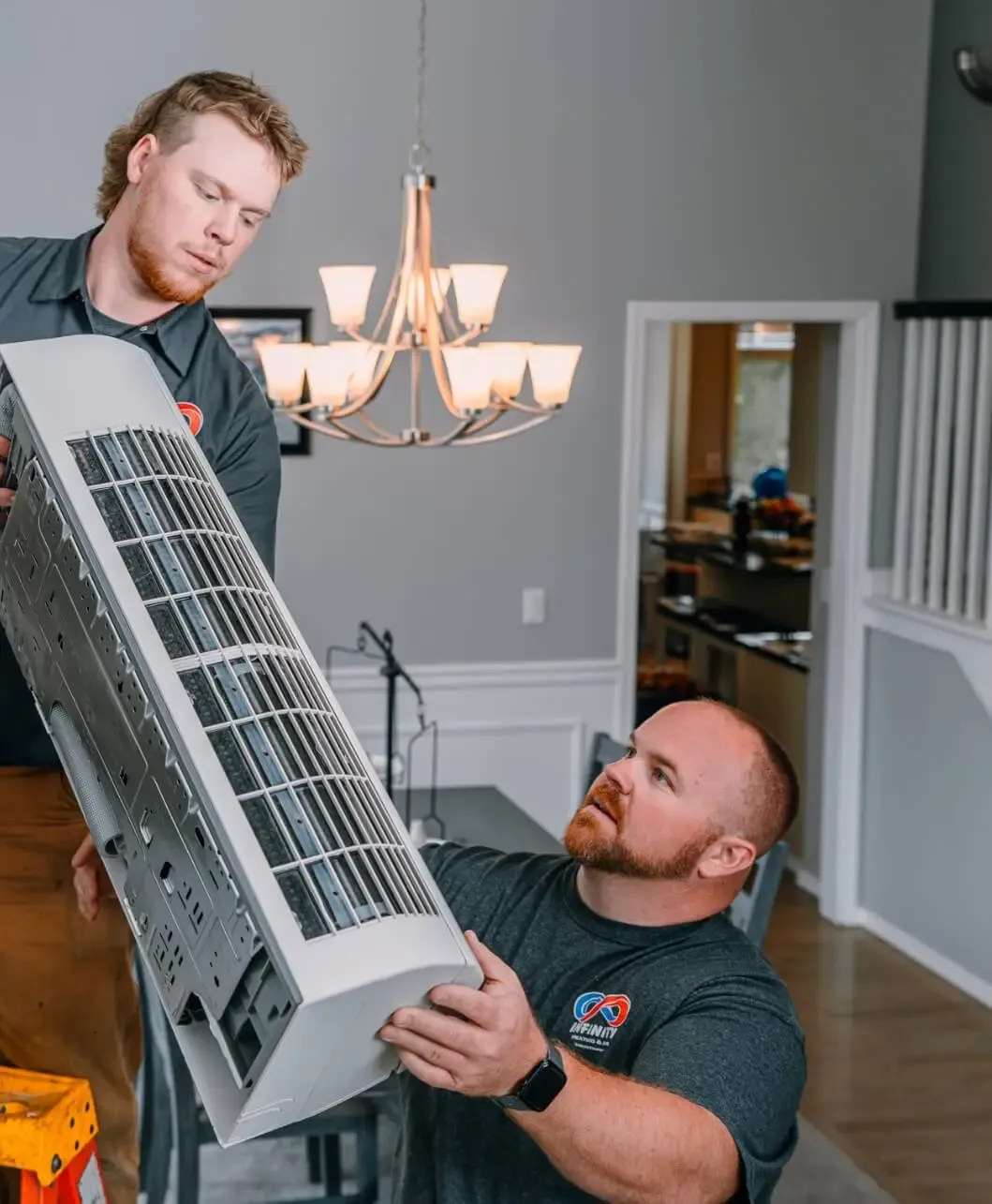
AC Installation and Replacement in Elk Plain, WA
Stay cool and efficient with AC installation and Replacement in Elk Plain, WA from Infinity Heating & Air. Schedule your expert AC services with us today!


Expert AC Installation and Replacement Services
Upgrading or replacing your home's air conditioning system is a significant decision that impacts your comfort, energy consumption, and long-term expenses. When your existing AC unit struggles to maintain comfortable temperatures, frequently breaks down, or drives up your energy bills, it might be time to consider a professional AC installation or replacement. This process involves more than just swapping out one unit for another; it requires careful planning, expert selection, and precise execution to ensure optimal performance and lasting efficiency.
At Infinity Heating & Air, we understand the complexities involved in AC installation and replacement for homes in Plain, WA. Our goal is to provide comprehensive information and services that empower you to make informed decisions for your home’s cooling needs.
Why Consider AC Installation or Replacement?
Deciding when to replace an AC unit can save you from unnecessary repairs and discomfort. Here are key indicators that suggest it's time for a new installation:
- Age of the Unit: Most AC units have a lifespan of 10-15 years. Beyond this, efficiency significantly declines, and breakdowns become more frequent.
- Frequent Breakdowns: If your AC requires constant repairs, the cumulative cost of these repairs can quickly outweigh the investment in a new, more reliable system.
- Rising Energy Bills: An old or inefficient AC unit works harder to cool your home, leading to higher electricity consumption and inflated utility bills. Modern units boast significantly better Seasonal Energy Efficiency Ratio (SEER) ratings.
- Inconsistent Cooling: Hot and cold spots in your home indicate that your current system is failing to distribute air evenly or is undersized for your space.
- Strange Noises or Odors: Grinding, hissing, or banging noises, along with musty or burning smells, are signs of mechanical issues that often signal the end of a unit's life.
- R-22 Refrigerant Phase-Out: Older units often use R-22 refrigerant, which is being phased out due to environmental concerns. Replacements and refills for R-22 are becoming increasingly expensive and difficult to find.
A new AC installation offers numerous benefits, including enhanced comfort, improved indoor air quality, reduced noise levels, and substantial energy savings.
Choosing the Right AC Unit for Your Home
Selecting the ideal AC unit is crucial for maximizing efficiency and comfort. It's not a one-size-fits-all solution; several factors must be considered:
- Size (BTU): An AC unit that is too small won't cool effectively, while one that is too large will cycle on and off too frequently (short-cycling), leading to poor dehumidification and increased wear and tear. Proper sizing is determined by your home's square footage, ceiling height, insulation levels, window types, and local climate.
- Energy Efficiency (SEER Rating): The Seasonal Energy Efficiency Ratio (SEER) measures an AC unit's cooling output over a typical cooling season divided by the total electric energy input during the same period. Higher SEER ratings (14 SEER is the current minimum, with units going up to 26 SEER or more) indicate greater energy efficiency, translating into lower operating costs. While higher SEER units have a higher initial cost, they offer significant long-term savings on energy bills.
- Type of System:
- Central Air Conditioners: Most common for whole-home cooling, connecting to your existing ductwork.
- Ductless Mini-Splits: Ideal for homes without existing ductwork or for zoning specific areas. They offer flexible installation and individual temperature control per zone.
- Heat Pumps: Provide both heating and cooling, offering an energy-efficient solution for year-round comfort.
- Brand and Features: Reputable brands offer reliable performance and good warranties. Consider features like variable-speed compressors for precise temperature control, smart thermostat compatibility for remote access, and enhanced air filtration for improved indoor air quality.
Understanding AC Installation Costs
The cost of AC installation and replacement varies widely based on several factors. It's an investment, and understanding the components of the cost helps in budgeting:
- Unit Cost: This is the primary cost driver, influenced by the type of unit, its cooling capacity (BTUs), and its SEER rating. Higher efficiency units generally cost more upfront but save more over time.
- Labor Costs: Professional installation requires skilled technicians to remove the old unit, prepare the site, install the new equipment, connect electrical and refrigerant lines, and ensure proper calibration. Labor rates vary by region and complexity of the job.
- Additional Components: This can include new ductwork or duct repairs, thermostat upgrades (especially for smart thermostats), refrigerant lines, electrical wiring upgrades, and condensation drain lines.
- Permits and Inspections: Local regulations often require permits for AC installation and subsequent inspections to ensure compliance with safety and building codes.
- Removal and Disposal of Old Unit: Environmentally responsible disposal of your old AC unit, especially if it contains R-22 refrigerant, is part of a professional service.
While the initial cost can seem substantial, consider the long-term savings from improved energy efficiency and reduced repair needs.
The Professional AC Installation Process
A professional AC installation ensures that your new system operates at peak efficiency and reliability. The process typically involves:
- System Assessment and Sizing: Our technicians will conduct a thorough assessment of your home, including its size, insulation, windows, and existing ductwork, to accurately determine the correct unit size and type for your needs.
- Removal of Old Unit: The old AC unit, including the outdoor condenser and indoor evaporator coil, is carefully disconnected and removed, with refrigerants properly recovered according to environmental regulations.
- Site Preparation: The area for the new outdoor unit is leveled, and the indoor coil is positioned within your furnace or air handler. Any necessary ductwork modifications or electrical upgrades are performed.
- Installation of New Components: The new outdoor condenser unit is set in place, and the indoor evaporator coil is installed. New refrigerant lines, electrical wiring, and drain lines are connected.
- Vacuum and Refrigerant Charging: The refrigerant lines are evacuated to remove any moisture or contaminants, then the system is charged with the appropriate type and amount of refrigerant.
- System Testing and Calibration: The entire system is thoroughly tested to ensure proper operation, including airflow, temperature output, and thermostat functionality. Calibrations are made to optimize performance.
- Client Walkthrough: Our technicians will walk you through the new system's operation, explain key features, and answer any questions you may have about its care and use.
Maintenance Tips for Your New AC System
Even with a brand new unit, regular maintenance is key to prolonging its lifespan and maintaining efficiency:
- Regular Filter Replacement: Check your air filter monthly and replace it every 1-3 months, or more frequently if you have pets or allergies. A clean filter ensures good airflow and prevents dust buildup.
- Clear Outdoor Unit: Keep the outdoor condenser coil free from debris, leaves, and overgrown vegetation. Ensure at least two feet of clearance around the unit for optimal airflow.
- Keep Vents Unobstructed: Ensure all supply and return vents inside your home are open and not blocked by furniture or drapes.
- Schedule Annual Professional Tune-Ups: An annual inspection by a certified technician can catch minor issues before they become major problems, ensure all components are working correctly, and clean the coils for maximum efficiency.
- Monitor Thermostat Settings: Use a programmable or smart thermostat to optimize temperature settings and save energy when you're away or asleep.
Troubleshooting Common Post-Installation Issues (Minor):
- No Power: Check your circuit breaker.
- System Not Cooling: Ensure the thermostat is set to 'cool' and the temperature is lower than the ambient room temperature.
- Weak Airflow: Check and replace the air filter if dirty. Ensure no vents are blocked.
For any persistent or major issues, it's always best to contact a professional.
DIY vs. Professional AC Installation
While some homeowners are tempted to undertake AC installation themselves, this is one area where professional expertise is not just recommended, but often required and safer.
Risks of DIY Installation:
- Improper Sizing: Leading to inefficient operation and premature wear.
- Refrigerant Handling: Refrigerants are hazardous and require specialized tools and certification for handling and disposal. Improper handling can lead to leaks, environmental damage, and health risks.
- Electrical Hazards: AC units require high voltage, and improper wiring can be extremely dangerous, leading to electrical fires or electrocution.
- Voided Warranty: Most manufacturers' warranties are voided if the unit is not installed by a licensed professional.
- Code Violations: Incorrect installation can lead to failed inspections and potential fines.
- Suboptimal Performance: An improperly installed unit will never achieve its rated efficiency, costing you more in energy bills over time.
Benefits of Professional Installation:
- Expert Sizing and Selection: Ensuring the right unit for your specific needs.
- Safe and Compliant Installation: Adhering to all electrical, HVAC, and local building codes.
- Warranty Protection: Maintaining your manufacturer's warranty.
- Optimal Performance and Efficiency: A properly installed unit operates at peak performance, maximizing energy savings and comfort.
- Peace of Mind: Knowing your system is installed correctly by trained and licensed technicians.
For a critical home system like your AC, investing in professional installation is an investment in your home's long-term comfort and safety.
Your Trusted Partner for AC Installation & Replacement
Choosing the right partner for your AC installation and replacement is paramount. You need a team that offers experience, reliability, and a commitment to customer satisfaction. Infinity Heating & Air is dedicated to providing superior AC installation and replacement services in Plain, WA. We prioritize your home's comfort and energy efficiency.
When it's time to upgrade your home's cooling system, trust the experts to guide you through every step. Contact us today to discuss your AC installation and replacement needs and discover how we can enhance your home's comfort and efficiency.

Endless Comfort
Starts Here
Our expert technicians are ready to serve you and your home.





